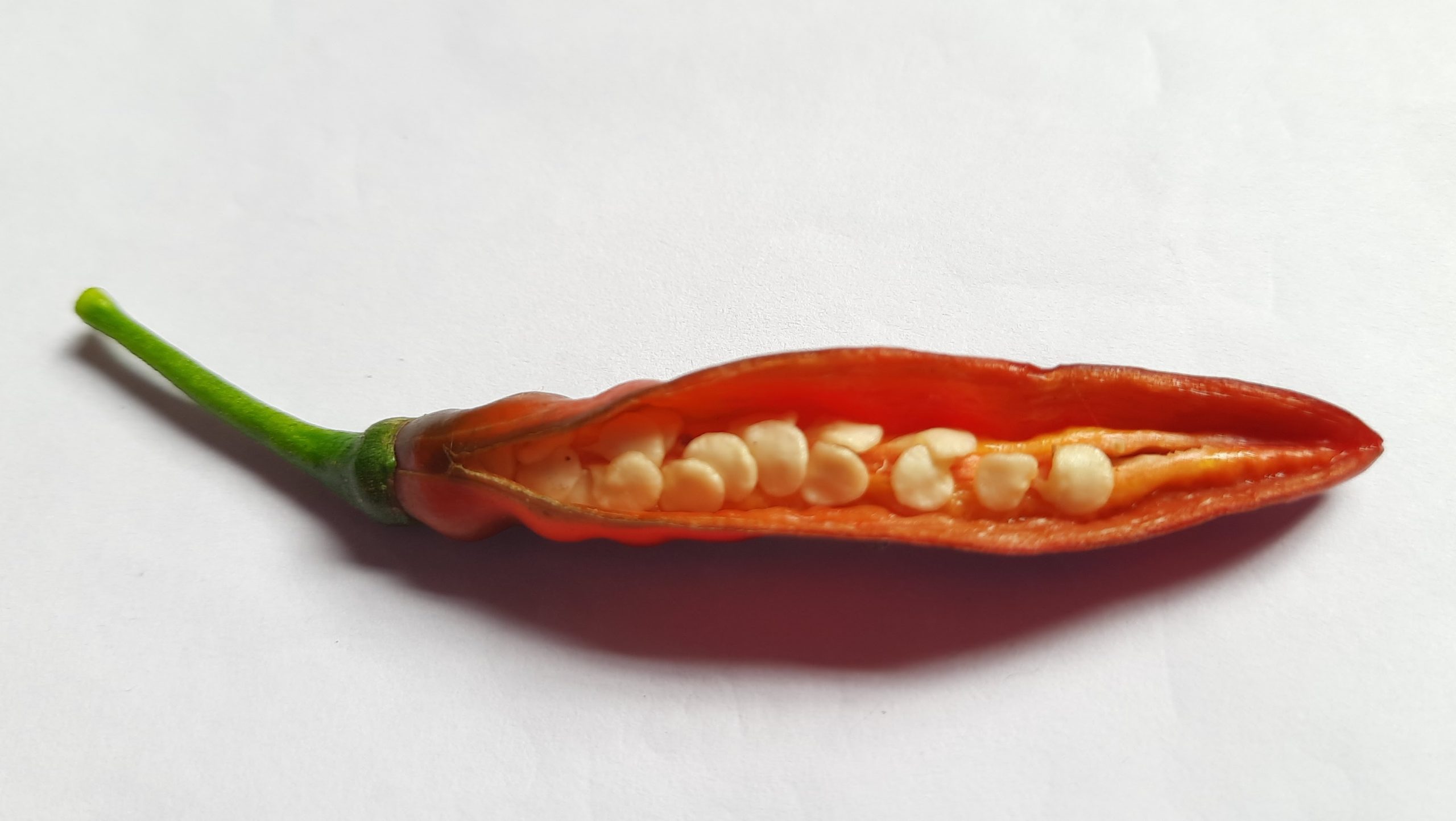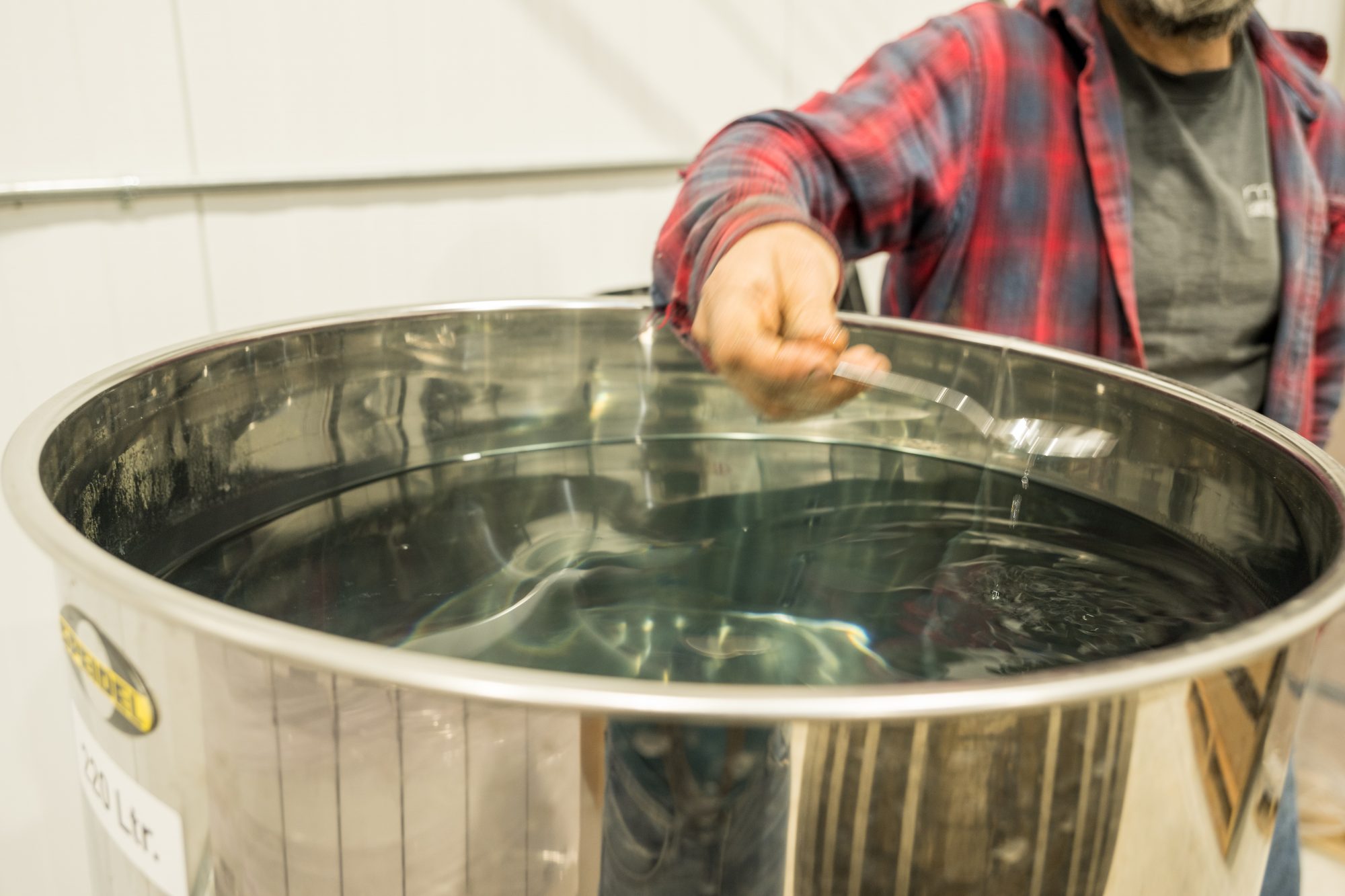Today’s deep dive starts an exploration of aromas and flavors that you might encounter as you explore craft spirits. We’ll start the discussion with two common faults that can be found in all spirits but are most likely to occur in fruit brandy and can be surprising to producers of other spirits like whiskey.

Evaluating Spirits Chapter 1
Eau de Pirelli
You may come across a spirits with an aroma of burnt rubber or freshly struck match heads. This fault is often the result of sulfites (SO2) in the initial wine from which the brandy was distilled.
Sulfites are a naturally occurring chemical that can be produced during fermentation. Most winemakers then add additional sulfites to their wine or cider to protect against spoilage and oxidation. While sulfites are beneficial to preserve the wine in your cellar they are a problem for the distiller.
As you distill the base wine, most of the sulfites will come off as free SO2 gas that rides along with the vapors in the still. Free SO2 has a strong aroma even at low concentrations and will give a distinctive burnt / sulfur flaw to your spirit. As the concentration increases the fault evolves into an intense irritant that can cause a burning sensation in your eyes, nose, and soft palate.
Most commonly this problem is found when a finished wine or cider that had sulfites added is distilled in an attempt to turn bad wine or cider into brandy…and this will make you cry, quite literally.
Even the small amount of natural sulfites can cause problems – this is why it’s essential to use an alembic made of copper for brandy. The SO2 will react with the copper in the alembic and turn into a salt that falls back into the pot. I’ve been to several distilleries with stainless steel alembics that found this out the hard way, and ended up modifying their alembic by mounting bits of scrap copper in the vapor path to get rid of that burning aroma.

Piqûre Acroléique
When we were traveling in Calvados we were often told not to distill when there are flowers on the trees. This seemed like odd advice that took us some time to understand. It is not a superstition but a way to avoid the burn of the acrolein string.
Acrolein is, quite literally, a type of tear gas that saw brief use by the French in World War I. In low concentrations it can cause tears and skin irritation, so it’s not something you want in your brandy!
Like sulfites, acrolein is a byproduct of fermentation, but it requires teamwork by two difference microbes in the cider or wine to be produced. We start the journey with the yeast. During fermentation yeast can produce glycerol as a byproduct. This is often a desirable molecule as it can improve the body of the wine. The problem arises when a second microbe gets in on the action. The family of microbes called Lactic Acid Bacteria (LAB) naturally occur in fruit and are most known as the microbes that turn malic acid into lactic acid (malolactic fermentation). However LAB can also convert glycerol into 3-HPA which then chemically reacts to form acrolein.
This bit of microbiology is the punchline to our story of the danger of distilling when there are apple flowers in Calvados. The malolactic fermentation starts as the temperatures rise in spring. As spring turns into summer the cycle of life in the cider continues and the acrolein will naturally dissipate or be consumed. However if we distill during or shortly after malolactic fermentation the acrolein will concentrate in the still and our spirit is stung.
Acrolein is a defect that can lead to a sharp spicy note, not unlike a hot pepper which can become unpleasantly strong and lead to the Piqûre Acroléique.

